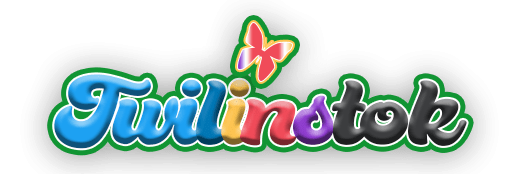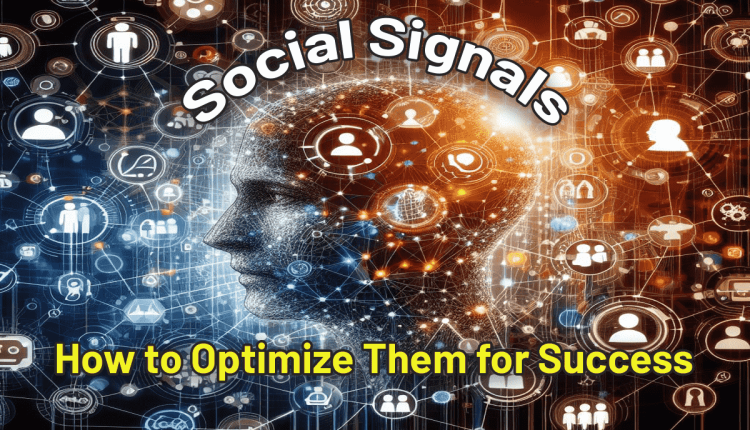Marketers Must-Know: Social Signal Optimization
Decoding Social Signals: The Secret Weapon of Savvy Marketers
Have you ever seen a hilarious meme about a brand and suddenly felt the urge to try their product? Or maybe a celebrity endorsement on TikTok convinced you to give a new app a whirl? These are just a couple of examples of social signals in action, and they’re playing an increasingly important role in today’s marketing landscape.
But what exactly are social signals, and why should you care about them as a marketer? Here in the US, we’re all about getting ahead, and understanding social signals can give your brand a serious edge. To get the edge, stay tuned with this article from Twilinstok.
Think of social signals as the digital conversations happening around your brand online. These conversations include everything from likes and comments on your social media posts to online reviews and brand mentions on other platforms. Essentially, your social signals paint a picture of how people perceive your brand online.
In the past, marketing success was often measured by clicks and website traffic. But today, things are different. Savvy consumers are looking for more than just flashy ads. They want to see real people talking about your brand, sharing positive experiences, and expressing trust. Strong social signals can help you achieve just that, offering a range of benefits:
- Boosted Brand Trust & Credibility: When people see others engaging positively with your brand, it builds trust and reinforces your credibility. Think of it like word-of-mouth marketing on steroids!
- Improved Search Engine Ranking: Search engines like Google are increasingly factoring social signals into their ranking algorithms. Strong social engagement can give your website a boost in search results.
- Enhanced Customer Acquisition & Retention: Effective social media marketing that encourages interaction fosters brand loyalty and attracts new customers interested in joining the conversation.
- Valuable Customer Insights: Social media is a goldmine of customer feedback. Analyze online conversations to understand what people love (and not so love) about your brand, and use these insights to refine your marketing strategies.
- Measurable Marketing ROI: Gone are the days of throwing marketing dollars at the wall and hoping something sticks. Social media analytics tools allow you to track your social media performance and demonstrate the tangible return on investment (ROI) of your social media campaigns.
Now that we understand the power of social signals, let’s dive deeper into the different types that contribute to your overall online reputation.
- Engagement Metrics: This refers to the actions people take on your social media posts. Likes, comments, shares, retweets – they all add up to a strong indication of audience interest.
- Brand Mentions: Anytime your brand is mentioned online, it’s a social signal. This includes tagged posts on social media, reviews on platforms like Yelp, or even casual mentions in online conversations. Encouraging positive brand mentions through quality content and excellent customer service is key.
- Influencer Marketing: Partnering with relevant influencers in your industry can generate valuable social signals through endorsements, reviews, and sponsored content.
- User-Generated Content (UGC): User-generated content – think hashtags, brand challenges, user reviews with photos and videos – is a powerful social signal. Develop creative campaigns and provide incentives to encourage your audience to participate.
- Customer Reviews & Ratings: Online reviews are a crucial social signal, influencing purchasing decisions and brand perception. Actively manage your online reputation by responding to both positive and negative reviews and demonstrating a commitment to customer satisfaction.
Now you know the power of social signals, but how do you leverage them to take your brand to the next level? Here are some actionable strategies:
- Consider Content as a King (and Queen): It all starts with creating high-quality, engaging content that resonates with your target audience. Tailor your content to each platform and keep it fresh and exciting.
- Embrace Social Listening: Don’t just post and hope for the best. Actively monitor online conversations about your brand and industry trends. This allows you to understand audience sentiment and adapt your approach accordingly.
- Community Building: Foster a thriving online community by engaging with your followers, responding to comments in a timely manner, and hosting interactive sessions like polls and Q&A sessions. The more you show you care, the stronger your brand community will be.
- Run Engaging Social Media Campaigns: Develop creative and targeted campaigns that encourage social interaction. This could involve contests, giveaways, influencer collaborations, or interactive live video sessions. Get your audience talking and sharing!
- Utilize Social Media Analytics Tools: Leverage analytics tools to track your social media performance and identify areas for improvement. In the next section of this article, we’ll elaborate about this.
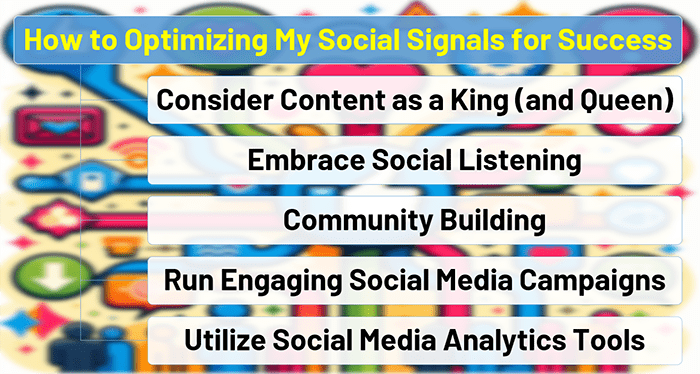
Social media analytics tools are like a treasure map for savvy marketers. They allow you to dig deep into the data behind your social media efforts and unearth valuable insights to optimize your strategies. Here’s how these tools can help you leverage social signals and achieve marketing success:
- Track Key Metrics: Most social media analytics tools provide comprehensive dashboards where you can track a variety of metrics relevant to social signals. This includes engagement metrics (likes, comments, shares), reach (number of people who saw your content), brand mentions, and follower demographics. By monitoring these metrics over time, you can identify trends and see what’s resonating with your audience.
- Benchmark Performance: Don’t exist in a social media bubble. Use analytics tools to benchmark your performance against industry competitors and identify areas for improvement. Are your engagement rates lower than the industry average? Are you reaching a smaller audience than your competitors? Social media analytics can help you answer these questions and inform data-driven decisions.
- Analyze Audience Insights: Go beyond demographics and delve deeper into your audience’s interests, behavior patterns, and online conversations. This allows you to tailor your content strategy to resonate with their specific needs and preferences.
- Measure ROI: Social media marketing isn’t just about likes and shares. Use analytics tools to track the tangible impact of your social media campaigns on website traffic, lead generation, and ultimately, sales. This allows you to demonstrate the return on investment (ROI) of your social media efforts and secure buy-in from stakeholders.
- Identify Influencers: Social media analytics tools can help you identify key influencers in your industry who are generating positive brand mentions and engaging with your target audience. This allows you to develop targeted influencer marketing campaigns that can significantly boost your social signals.
- Optimize Content Strategy: Based on your social media analytics data, you can identify the types of content that resonate most with your audience. This allows you to refine your content strategy and focus on creating content that drives engagement and builds brand loyalty. For example, if your analytics show that video content consistently outperforms static images, you can prioritize video creation in your content calendar.
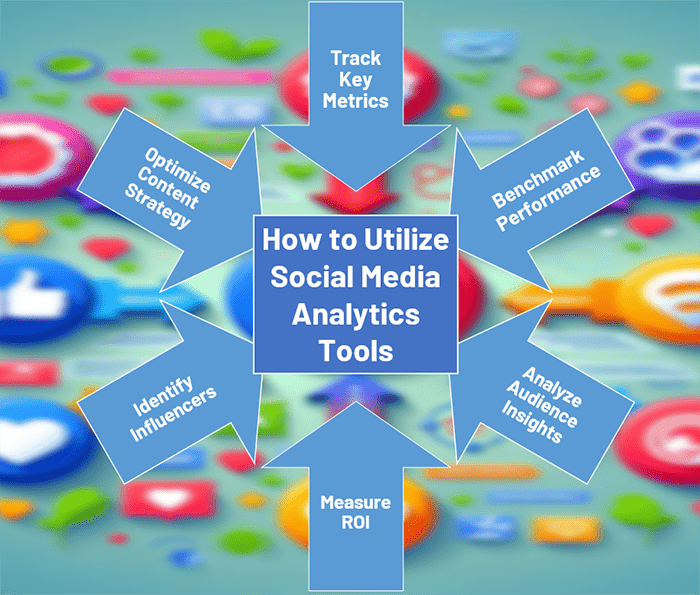
There are a variety of social media analytics tools available, some free and some with paid plans offering more advanced features. Here are a few popular options to consider:
- Hootsuite Analytics [+]: Offers comprehensive analytics across all major social media platforms.
- Sprout Social [+]: Provides in-depth social media reporting and audience insights.
- Buffer Publish [+]: Helps you schedule posts and track their performance across various platforms.
- Facebook Insights [+]: Provides native analytics for your Facebook business page.
- Twitter Analytics [+]: Offers detailed insights into your Twitter activity and audience.
Remember, social media analytics tools are just that – tools. The real magic happens when you leverage the data they provide to make informed decisions and constantly refine your social media strategy. By using these tools effectively, you can transform your social media presence into a powerful engine for generating positive social signals and achieving your marketing goals.
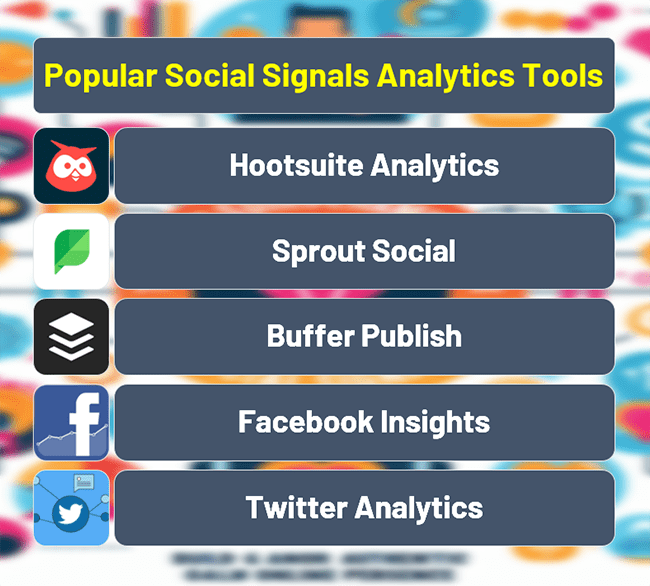
The world of marketing is filled with success stories, and social signals often play a starring role. Here are a couple of real-world examples that showcase the power of leveraging social signals to achieve impressive results:
Dollar Shave Club: Building Brand Advocacy through Humor & Engagement
Dollar Shave Club (DSC) disrupted the men’s grooming industry with their irreverent humor and customer-centric approach. They harnessed the power of social media to build a strong brand community from the get-go. Their launch video, a hilarious takedown on traditional razor companies, went viral on YouTube, generating millions of views and positive brand mentions.
But DSC didn’t stop there. They continued to foster engagement on social media by actively responding to comments, running interactive contests, and creating relatable content that resonated with their target audience. This focus on social listening and building genuine connections helped them cultivate a loyal following. Positive social signals, fueled by user-generated content and enthusiastic brand advocates, played a significant role in their rapid growth and acquisition by Unilever in 2016.
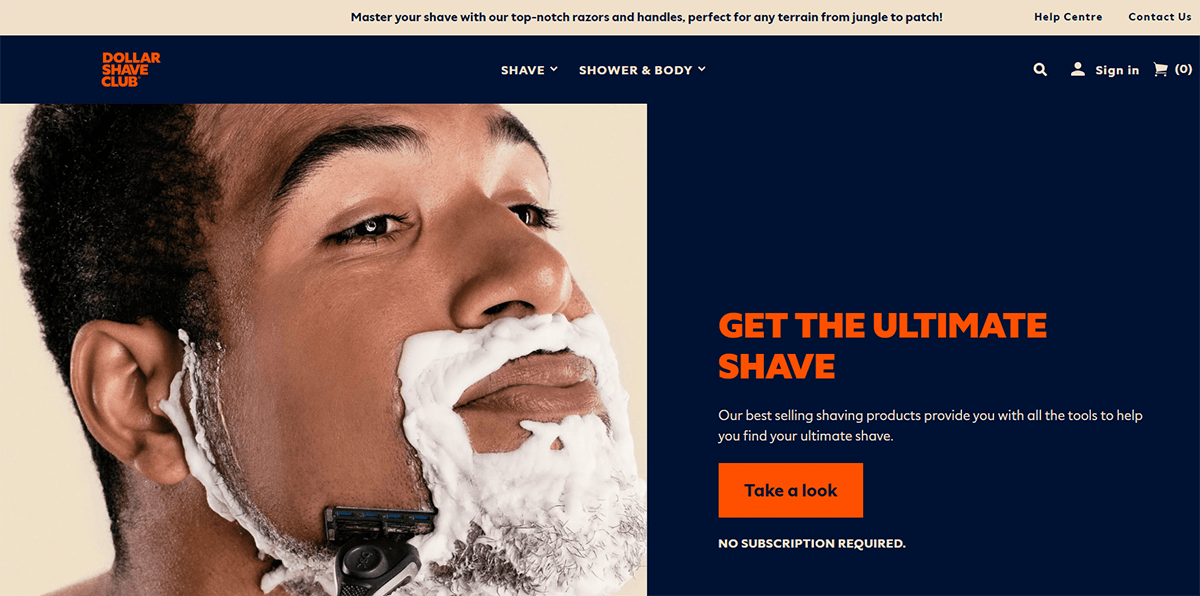
Key Takeaways:
- Humor and Authenticity: Dollar Shave Club’s success demonstrates that humor and authenticity can be powerful tools for building brand connections on social media.
- Engaging Content: Creating content that resonates with your target audience is key to encouraging social interaction and generating positive social signals.
- Community Building: Building a strong brand community fosters brand advocacy and strengthens your online reputation.
Sephora: Leveraging Influencer Marketing & User-Generated Content for Beauty Inspiration
Sephora, a leading beauty retailer, understands the power of social media influencers and user-generated content (UGC) in the beauty industry. They’ve built a thriving online community by collaborating with beauty influencers who create tutorials, reviews, and trend forecasts that inspire their followers.
Sephora also encourages UGC by running creative hashtag campaigns that incentivize users to share photos and videos of themselves using Sephora products. This user-generated content not only provides valuable social proof for potential customers, but it also helps Sephora understand which products and trends are resonating most with their audience.
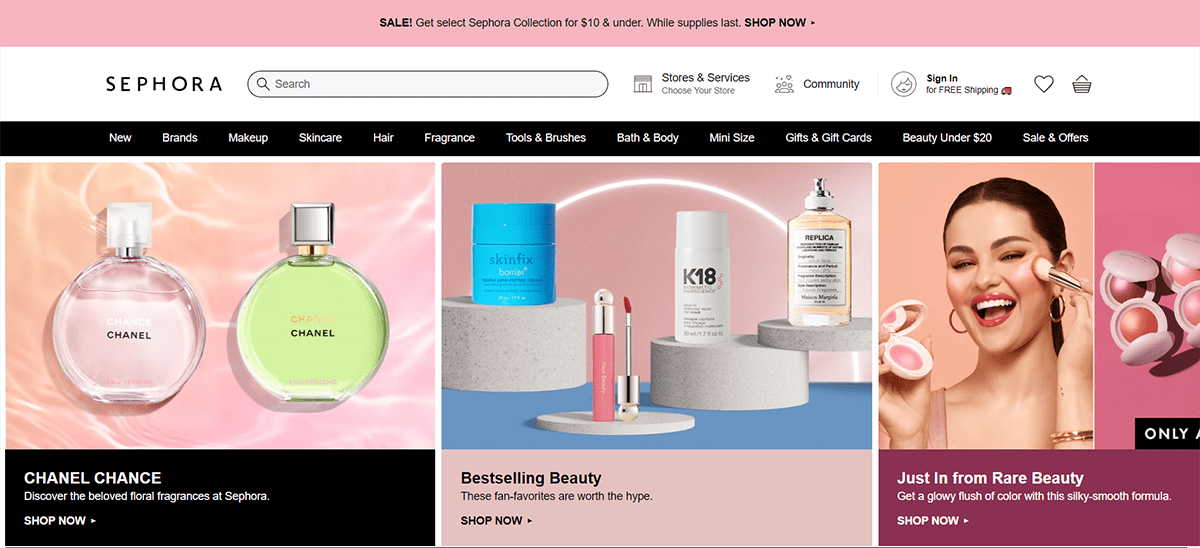
Key Takeaways:
- Influencer Marketing: Partnering with relevant influencers can significantly boost your brand reach and generate positive social signals.
- User-Generated Content: Encourage your audience to share their experiences with your brand through creative UGC campaigns.
- Social Proof: Positive social signals from both influencers and real customers build trust and encourage purchase decisions.
These are just two examples of how brands have successfully leveraged social signals to achieve marketing goals. By implementing the strategies outlined in this article, you too can harness the power of social media and build a strong online reputation that drives business success.
- Best Way to Integrate Your Squarespace Site with Social Media Apps
- TikTok SEO Tips
- What Is Citations In SEO?
- Sustainable Link Building Strategies
In today’s digital landscape, social signals are no longer an afterthought – they’re a critical component of any successful marketing strategy. They paint a picture of how people perceive your brand online, influencing search engine rankings, customer trust, and ultimately, your bottom line.
By understanding the different types of social signals and implementing the actionable strategies outlined in this article, you can transform your social media presence into a powerful tool for generating positive social proof and building brand loyalty. Remember, it’s not just about the number of likes and shares, but the quality of the conversations happening around your brand.
By mastering the art of social signals, you can unlock a secret weapon in the digital age. You’ll build stronger relationships with your customers, boost brand awareness, and ultimately, achieve your marketing goals. So, don’t underestimate the power of social media – start leveraging social signals today and watch your brand take flight! Remember, social media is a conversation, not a monologue. Start engaging with your audience, building relationships, and watch your social signals soar!
What are social signals, and why are they important?
Social signals are the digital conversations happening around your brand online. This includes everything from likes and comments on your social media posts to online reviews and brand mentions on other platforms.
Why social signals are so important?
They’re important because they paint a picture of how people perceive your brand online, influencing search engine rankings, customer trust, and ultimately, your bottom line.
What are some different types of social signals?
Generally, some of them are: Engagement Metrics, Brand Mentions, Influencer Marketing, User-Generated Content (UGC) and Customer Reviews & Ratings.
How can I optimize my social media presence to generate positive social signals?
You can do it by: creating high-quality or engaging content, embracing social listening, building a thriving online community, running engaging social media campaigns and utilizing social media analytics tools.
